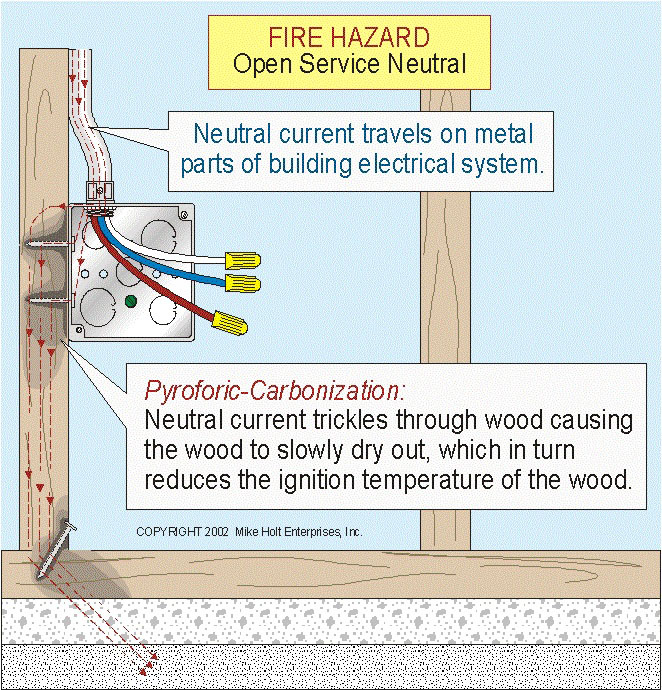e57
Senior Member
- Location
- San Francisco, CA
Just wondering about the practices of some people... I come across this often, and I am having trouble understanding why these people do not see a particular hazard...
The scenario:
A building is roughed in, for whatever reason they want to test the install, power it to ward off/kill sheetrockers, or provide temp power. They will tape off/insulate all the phase (ungrounded) conductors, but not tape off the neutral (grounded) conductors.
The scenario:
A building is roughed in, for whatever reason they want to test the install, power it to ward off/kill sheetrockers, or provide temp power. They will tape off/insulate all the phase (ungrounded) conductors, but not tape off the neutral (grounded) conductors.



